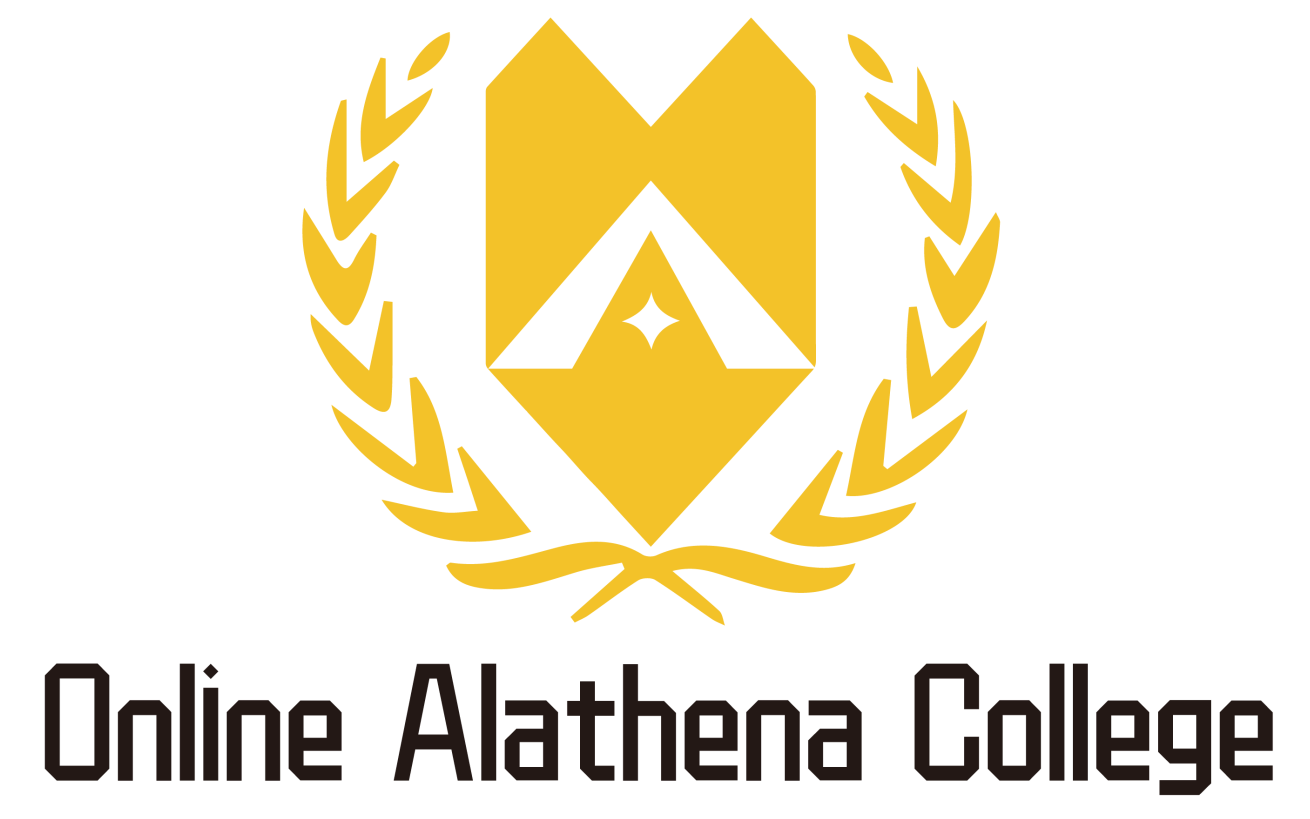CGC1D
Issues in Canadian Geography, Grade 9, Academic
-
Course code: CGC1D
-
Level: Grade 9
-
Study time: 110 hours
-
Credit Value: 1.0
-
Prerequisite: None
-
Curriculum Policy: Canadian and World Studies, The Ontario Curriculum, Grades 9 and 10, 2018 (Revised)
Course Description
This course examines interrelationships within and between Canada’s natural and human systems and how these systems interconnect with those in other parts of the world. Students will explore environmental, economic, and social geographic issues relating to topics such as transportation options, energy choices, and urban development. Students will apply the concepts of geographic thinking and the geographic inquiry process, including spatial technologies, to investigate various geographic issues and to develop possible approaches for making Canada a more sustainable place in which to live.
NAVIGATING AROUND THE CANADIAN LANDSCAPE
In this unit, students will explore the characteristics of natural and human systems and how geographic tools such as compasses and understanding timezones will help in understanding the vastness of Canada. Secondly, students will study and learn about First-Nation, Metis and Inuit communities — their relationship with the physical landscape and their beliefs about Canada's natural landscape. Lastly, students will examine how tectonic plates, volcanoes, earthquakes and melting glaciers have impacted Canada's physical landscape.
MANAGING CANADAS RESOURCES
POPULATION GROWTH IN CANADA
Students will analyse population issues that has come with the increase in immigration. The focus will be on how outside political issues have led people to see refuge in Canada. Secondly, students will examine immigration and how the diversity in Canada has brought both positive and negative results. Lastly, students will explore where immigrant communities are living, why they live there and how this have developed into trends overtime leading into livable communities.
THE FUTURE OF CANADIAN CITIES
Frequently asked questions
When do I start my course?
How long does it takes to complete a course?
Will Online Alathena College send grades to student's home school?
We provide these same updates (notification of enrolment, midterm grades, and final grades) to accounts within the Ontario Universities’ Application Centre (OUAC) and the Ontario College Application Service (OCAS) for any students applying to post-secondary institutions. OAC will also communicate directly with international and out-of-province colleges and universities when necessary.
Do students require any additional resources (i.e., textbooks)?
All OAC course content is contained within our learning environment, so no textbooks are required. Any course-specific resources (i.e., calculators, software downloads, etc.) are listed on the individual course outline pages on our website.
Do Online Alathena College's OSSD courses count toward the Ontario Secondary School Diploma?
To verify our status as an inspected private school, please visit the Ministry of Education Website. Our Ministry BSID# is 881704.

